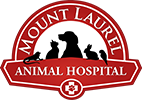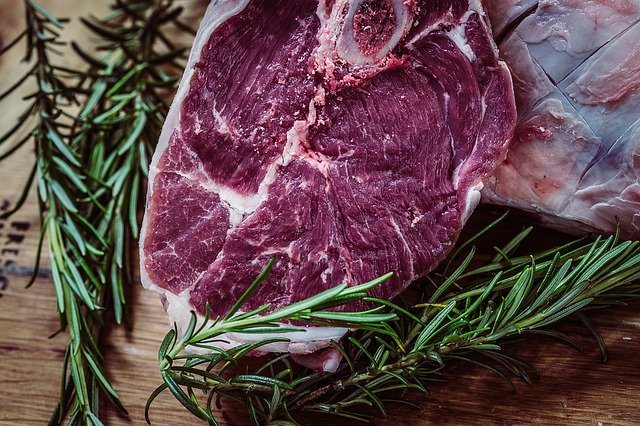Feeding raw diets to dogs and cats has become popular in recent years. Many proponents of feeding raw food argue that it is a more natural, healthy, and safe way to feed their pets. Pet owners beware, few veterinarians will advocate for feeding raw diets to pets for the following reasons:
- Safety: Raw meat is known to sometimes carry bacteria that can cause foodborne illness such as Salmonella and coli. Our pets are certainly able to contract food poisoning from raw meats. Perhaps even worse, people can catch food poisoning from handling the raw meat but also from their pets who may be asymptomatic for disease. This is because dogs and cats do not always develop illness from contaminated meat, but can be carriers of these bacteria and transmit them to people through their saliva. Transmission is as simple as a contaminated dog or cat licking the hand of a person who then touches their face. Only cooking meat to the proper temperature kills the bacteria that can cause foodborne illness. Contrary to the belief of some, freezing meat does not kill these bacteria.
- Natural: Many people argue that ancestors of modern dogs and cats ate raw meat prior to ever contacting humans, and this is true. However, meat from a freshly killed animal is not contaminated with the same bacteria that can cause food poisoning. These bacteria are only found in the intestines of healthy animals and they only come into contact with meat during food processing, when organs are removed from a carcass and cross-contaminate the muscle tissue that will become meat. Any raw meat from a butcher or grocery store and not from an animal that was freshly slain has then potential to be contaminated with infectious bacteria. The same is true for raw eggs, as despite cleaning efforts in food plants, these are frequently contaminated with Salmonella from the hen’s feces.
- Health: Pet owners have concerns about ingredients labeled as by-products. The truth is that these ingredients are only considered by-products because they are not traditionally consumed in the United States. By-products as viewed by the average American are eaten by people in other cultures regularly and are very high in certain nutrients. Examples of these ingredients are organ meats such as liver, spleen, kidney, heart, and intestine. When properly prepared, these, like other animal products such as meat, are safe to feed our pets. More importantly, the nutrient content provides us much more information about the health and safety of a diet than the ingredient list. The correct balance of nutrients such as carbohydrates, protein, fat, vitamins, and minerals that is acquired from the ingredients is the key to a healthy diet.
The veterinarians at Mount Laurel Animal Hospital recommend feeding your pet a commercial diet made by a major manufacturer who frequently performs quality control testing and that employs veterinary nutritionists or scientists with a PhD in animal nutrition. Examples of recommended brands are:
- Purina Pro Plan
- Hill’s Science Diet
- Royal Canin
- IAMS
- Eukanuba
Alternatives to feeding prepared commercial pet foods:
If a pet owner strongly feels that they want to prepare their own diet for their pet, then they need to either consult with a veterinarian who is a diplomate of the American College of Veterinary Nutrition, or by formulating a diet online to submit to their veterinarian for approval at www.Balanceit.com. Balanceit is a website that uses veterinary nutritionists to help formulate diets and provide the correct amounts of vitamins and minerals for each individual pet’s needs.
Author: Dr. Jeffrey Haymaker

